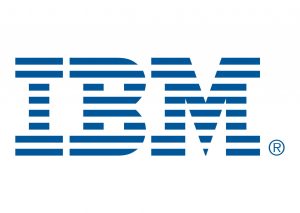Search
Before You Sign—Options and Opportunity in IBM’s Latest Reinvention
Posted
 Major mergers and spin-offs by IT service providers are rare, but when they occur (e.g., Xerox’s acquisition of ACS in 2010 and Atos’ subsequent acquisition in 2014, HPE’s 2017 spin-off of its Enterprise Services business and merger with CSC in the form of DXC), pause and consider your options. These are major corporate events that generally redirect a supplier’s focus and internal attention on change management, creating a new business model and developing a corporate culture—not easy stuff and in some cases can have a direct impact on “how” and “how well” services are provided to customers. At a minimum, important contracting work may preserve commitments and benefits of your existing deal.
Major mergers and spin-offs by IT service providers are rare, but when they occur (e.g., Xerox’s acquisition of ACS in 2010 and Atos’ subsequent acquisition in 2014, HPE’s 2017 spin-off of its Enterprise Services business and merger with CSC in the form of DXC), pause and consider your options. These are major corporate events that generally redirect a supplier’s focus and internal attention on change management, creating a new business model and developing a corporate culture—not easy stuff and in some cases can have a direct impact on “how” and “how well” services are provided to customers. At a minimum, important contracting work may preserve commitments and benefits of your existing deal.
 Sourcing Speak
Sourcing Speak

